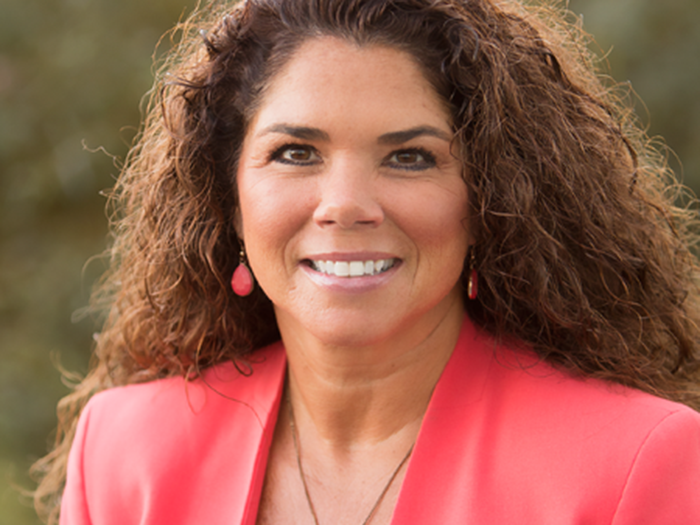Commercial Auto Insurance Struggles Persist in 2023

Despite years of rate increases, the commercial auto insurance sector marked its worst performance in 2023, with $5 billion in underwriting losses and a combined ratio of 109.2, according an analysis by AM Best
Despite targeted underwriting initiatives and steady pricing increases, the commercial auto insurance sector has struggled to achieve profitability since 2013, with 2023 marking the worst year on record, according to the rating agency.
“Based on first-half 2024 direct underwriting results, the commercial auto line will likely lose money on a net basis once again,” the report stated.
Several factors are driving this poor performance. Chief among them is the rising loss severity, which has more than doubled over the past decade, far outpacing economic inflation, the analysis shows. Insurers are responding to increasing claims costs for property damage, fueled by inflationary pressures on auto parts and repair labor. Additionally, the industry faces the growing challenge of social inflation, characterized by a trend towards larger jury awards and settlements, particularly in cases involving commercial vehicles.
The persistent struggles of commercial auto insurance stand in stark contrast to the overall performance of the commercial lines sector. In 2022 and 2023, many commercial insurance segments experienced strong results, buoyed by solid underwriting performance in areas such as workers’ compensation and surety. However, commercial auto remains the glaring exception, consistently underperforming and dragging down overall results, AM Best noted
“The level of deterioration in 2022 and 2023 was notable, although it was due partly to the artificial improvement in results in the prior two years, owing to fewer private passenger and commercial vehicles on the road because of the COVID-19 pandemic,” said David Blades, associate director, AM Best. “This is reflected in our negative outlook for the segment, which we issued in March 2024.”
Key Challenges
Commercial auto insurers are grappling with a perfect storm of challenges that have led to consistent underwriting losses over the past decade. These hurdles are not only persistent but appear to be intensifying, threatening the profitability and sustainability of the sector.
As these challenges continue to mount, commercial auto insurers are forced to implement significant rate increases and stringent underwriting measures. However, despite years of price hikes, the sector continues to struggle with profitability, underscoring the severity and complexity of the issues at hand.
Escalating Loss Severity: Over the past 10 years, loss severity has more than doubled, far outpacing economic inflation, which rose by approximately 30% during the same period. This surge is primarily driven by the rising costs of components in newer vehicles equipped with advanced technologies. When accidents occur, repairing these high-tech features significantly inflates claim costs.
However, it’s not just property damage that’s causing concern. Third-party liability losses are the main culprit behind the deteriorating results in commercial auto insurance. Lawsuit abuse, including the impact of so-called “nuclear verdicts,” has become a major contributor to increased loss severity, putting immense pressure on insurers’ bottom lines.
Adverse Reserve Development: In 2023 alone, insurers faced over $3 billion in adverse development, the largest amount in the past decade. This issue isn’t confined to recent accident years; it affects multiple years, including those predating the pandemic. Such persistent reserve inadequacy hampers insurers’ ability to accurately price their products and maintain profitability.
Distracted Driving and Driver Shortages: The ubiquity of mobile devices has led to a significant increase in distracted driving incidents. According to the National Highway Traffic Safety Administration, distraction-related crashes accounted for 8% of all crashes in 2022, with over 3,000 fatalities and 289,000 injuries. This trend is particularly concerning for commercial auto insurers, as it elevates the risk profile of insured drivers, the report noted.
Compounding this issue is an ongoing shortage of experienced commercial drivers. The American Trucking Association reports that the inability to fill open positions has become a significant problem, often forcing businesses to hire less experienced drivers. This shortage not only increases the likelihood of accidents but also makes commercial entities more costly to insure, according to the report.
Litigation Trends: There has been a notable rise in attorney involvement in claims, even for relatively simple cases, according to AM Best. This increased legal participation often leads to prolonged litigation and higher defense-related expenses for insurers.
Moreover, the emergence of third-party litigation funding, where third parties finance lawsuits in exchange for a share of the settlement, has become more prevalent in auto liability claims. This trend is driving up the cost of litigation and making it more challenging for insurers to settle claims efficiently and cost-effectively.
Industry Response and Potential Solutions
Commercial auto insurers are implementing a range of strategies to address the challenges. These efforts span pricing adjustments, enhanced underwriting practices, and targeted loss control initiatives.
Pricing and Underwriting Initiatives: Commercial auto pricing has increased for 52 consecutive quarters, with 26 of the past 28 quarters seeing increases of at least 7%. These substantial rate adjustments far outpace economic inflation, reflecting insurers’ determination to achieve price adequacy in a challenging market.
Alongside pricing measures, insurers are sharpening their focus on underwriting discipline. This renewed emphasis aims to better align premium rates with the inherent risks of commercial auto coverage, particularly in light of the rising severity of liability claims.
Loss Control Efforts: Driver training programs have become a key focus, with insurers advocating for enhanced training for new hires and periodic retraining for experienced drivers to reinforce safe driving techniques. Additionally, accident prevention initiatives and improved post-accident investigation protocols are being implemented to reduce the frequency and severity of claims.
Market Concentration and Specialization
The commercial auto insurance landscape is marked by varying degrees of success among carriers. Progressive Insurance Group has emerged as a dominant force, maintaining a market-leading position with a 15.1% share in 2023. The company’s success is evident in its consistently profitable underwriting results, boasting a combined ratio of 90.4 in 2023 – its highest in five years, yet still indicative of strong profitability.
Interestingly, insurers that specialize in commercial auto coverage appear to be outperforming the broader market. Companies like Old Republic and Sentry Insurance Group, which derive at least 40% of their commercial coverage from auto insurance, have managed to achieve combined ratios below 100 in both 2022 and 2023. This suggests that focused expertise in the commercial auto segment can lead to better underwriting outcomes.
Despite these efforts, the commercial auto insurance sector continues to face significant headwinds. The direct loss ratio for the first half of 2024 shows further deterioration compared to the same period in 2023, indicating that pricing increases and underwriting initiatives have yet to fully offset rising claims costs, according to AM Best.
Obtain the full report here. &










